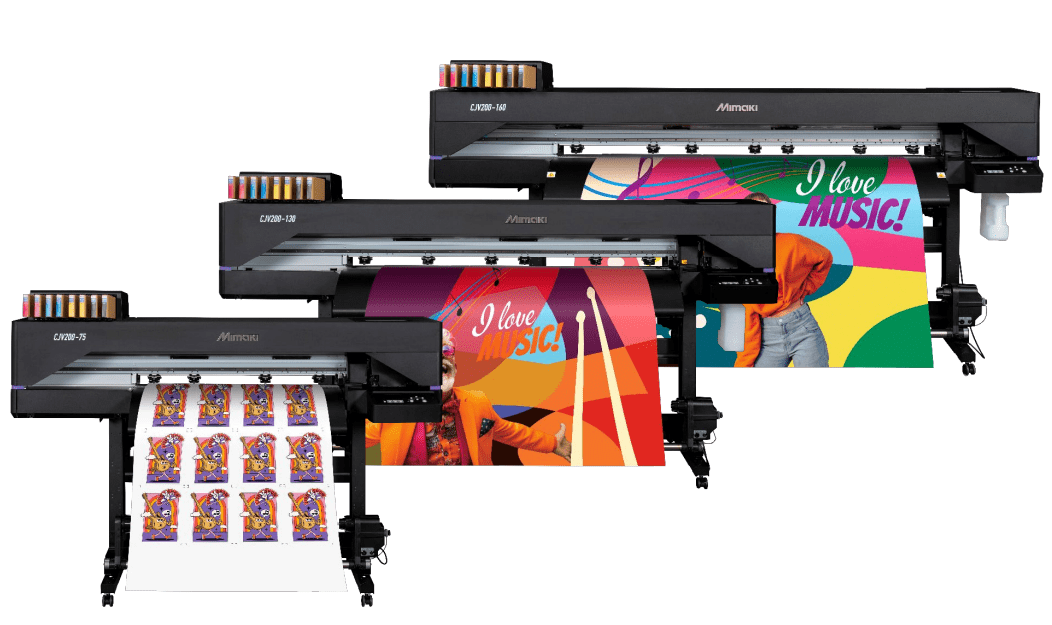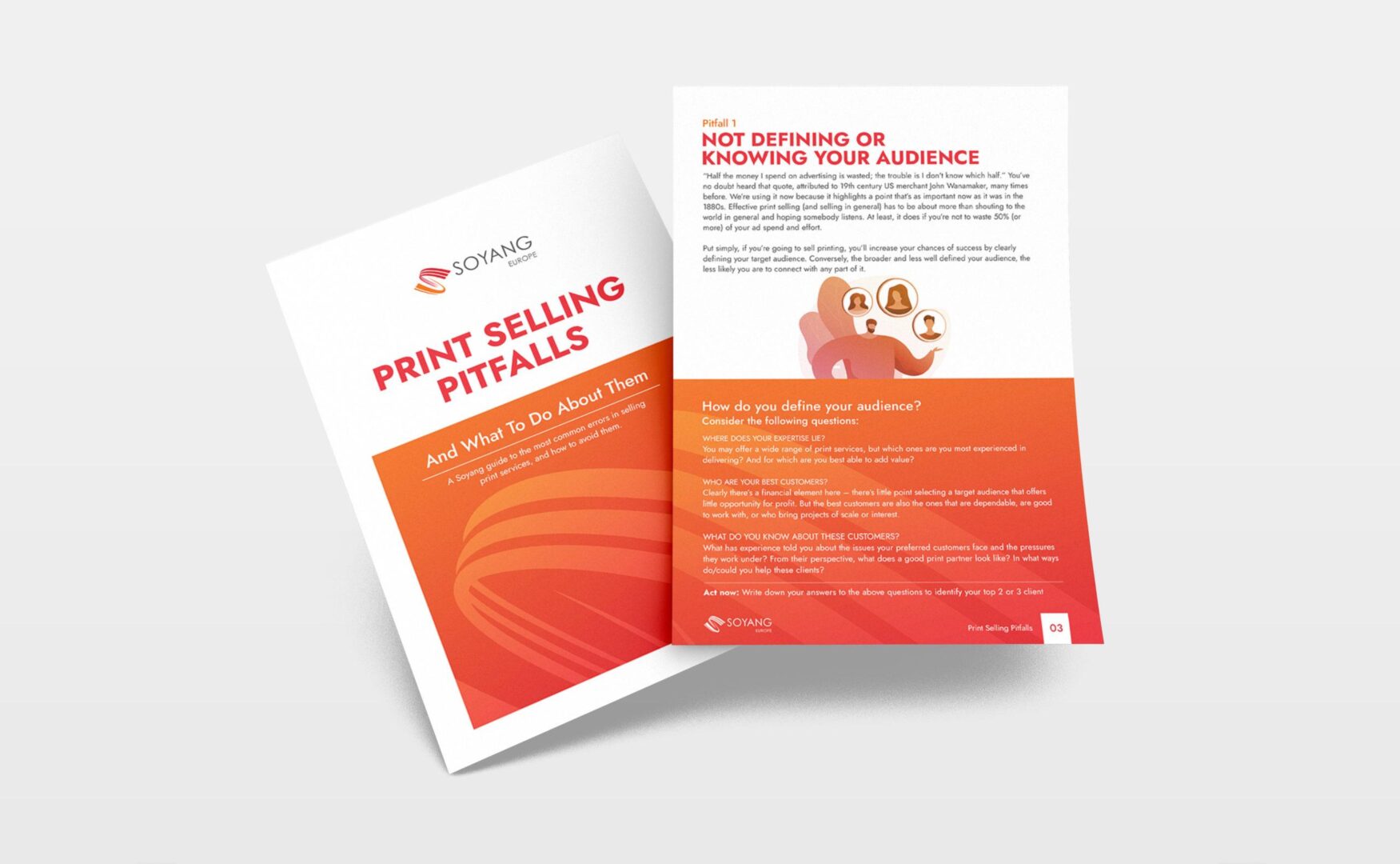How can you set the direction of your business if you don’t know what the destination is? At it’s heart, that’s the purpose of a business plan for your printing business, and spending time getting the plan right can help unlock growth and success. Here’s how.
What is a business plan?
At its core, a business plan for a print business is no different to a plan for any other company in any other sector. The ingredients are the same, even if the details vary.
A good printing business plan should set out what you’re aiming to do and how you’re going to do it. It will explore how you’ll make a profit, what services you’ll offer, what your competitors are doing and how you’ll generate growth.
Most business plans will include:
- An executive summary
- A description of the business, its mission and goals
- A market analysis, including competitor understanding
- The business’ marketing and sales strategy for delivering the identified goals
- A description of products and/or services
- A description of the top team and their experience
- An operational plan including premises, equipment, print management software, IT etc
- Financial forecasts
This describes what a business plan for a printing business is, but why do you need one?

1. To clarify your business idea
How would you answer the question: “So, what do you do?”.
Your ambition may be to launch a print business, but will you be the one doing the printing or, like Soyang, will you choose to supply the print materials? Will you specialise in a specific sector like large format banners or vehicle wraps? What will your key proposition be? Will you trade on the experience and expertise of your people, the price of your print, the quality of your work or something else?
There’s more than one way to run a print business. A digital printing business plan will help you clarify exactly what yours is. That, in turn, helps ensure that decisions you make down the line are aligned with that purpose.
2. To understand where your profit comes from
Knowing the numbers is vital to running a successful business. Print is not a low overhead business: you’ll need premises, printers (obviously) printing materials (e.g. inks and papers/vinyls) and, unless you plan to run everything yourself, you’ll need people to do it.
Then there are the additional expenses: the energy costs, the post and distribution, vehicle costs and more. For any printing business, business planning helps identify every cost, so you can set prices that give you a profit.
3. To identify opportunities and threats
It may not be high tech, but you can’t beat a SWOT analysis for forcing you to look at your business through a different lens. The insight it gives you can form the basis for several parts of the business plan for your printing business.
Good SWOT analysis helps you see the wood for the trees. Why, for example, would you base your business in one area of print where costs have gone through the roof when taking a different route could help you keep overheads much lower?
Why would you offer service A as your tentpole when the market is saturated, yet there’s a clear gap for service B?
Identify where the opportunities lie for your business, select the ones that match your strengths and make those your goals.

4. To access funding
Need a little extra financial clout to launch your business? Perhaps you’re doing just fine, but to grow further you’ll need external investment.
The simple fact is no lender or investor will give you a second glance unless they can review the numbers, understand your ambitions and be reassured that you understand your market and the growth opportunities it presents.
If you want to attract investment, a printing business plan is absolutely essential.
5. To set targets
If you never set a target, how do you know when you reach it?
There are lots of reasons to set targets and to make those targets part of your printing business business plan. They drive momentum. They can help motivate. Crucially, they define the individual milestones that need completing in order for you to hit the big goals.
A printing business plan puts those targets in writing, which has the effect of a) nudging you to set specific, measurable, realistic and well-thought-through goals and b) holding you to account for their achievement.
6. To measure progress
Key performance indicators need context. Whatever metrics you choose to measure, they need to be measured against something and the digital printing business plan is the place to provide that benchmark.
Print business plan complete? Talk to us about the large format print materials that can help bring you closer to your targets. Contact us now









